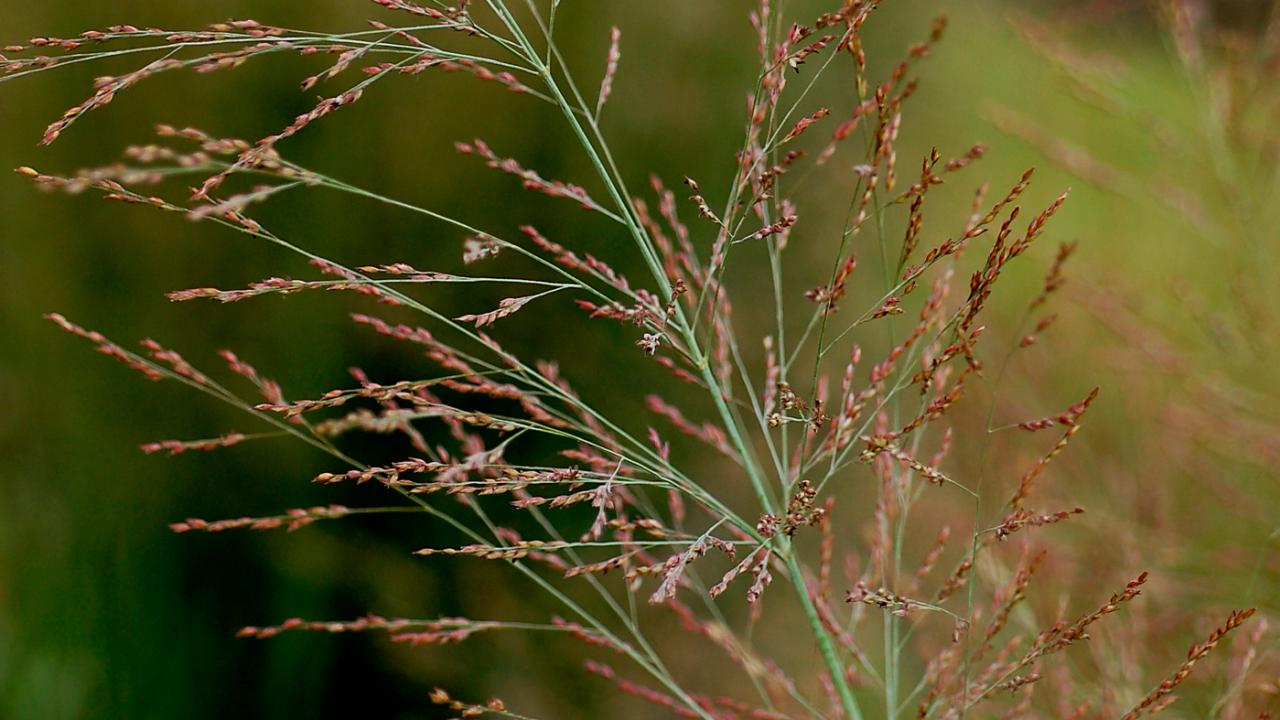Topiaries, whether formal or whimsical, large-scaled or edible, can be a fascinating addition to most garden spaces. A plant familiar to many gardeners because they have either grown it, eaten it, or admired it as a tiny topiary is the versatile herb, rosemary. Rosmarinus officinalis is an evergreen shrub hardy to zone 6. In its native Mediterranean environment, it can reach 6 feet, but in Chicago, gardeners are more accustomed to its dainty growth patterns. The pale blue flowers and pine-scented needles are as prized as its obliging willingness to be trained. An understanding of this fragrant herb’s preferred culture will help gardeners maintain healthy rosemary all year.
Rosemary is happiest when grown in a soilless mix, which is a composition of vermiculite, perlite, and coarse peat. In the wild, it can tolerate a wide range of pH and moisture conditions, but it must have excellent drainage. This can be best accomplished when the plant is grown in a clay pot year-round. Clay permits faster evaporation of water, thus aiding in quick drainage. Year-round container growth also eliminates the need to transplant the rosemary into ordinary garden soil for the summer. During the active growing season, place the container in full sun, water only when the growing medium is dry, and fertilize with a dilute 20-20-20 solution every two weeks. Rosemary benefits from frequent snipping or pruning, whether grown as a topiary or simply as a small herb.

